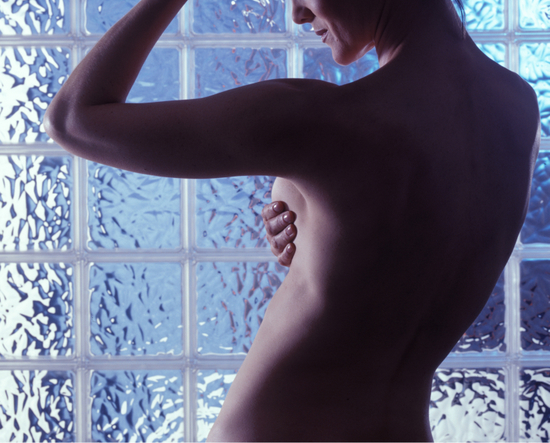Breast lumps tend to give women a tough time because they always bring along a strong risk of cancer with them. Breast lumps are a common feature; about 40% of women tend to discover lumps in their breasts in their lifetime. However, there are many myths associated with breast lumps. These myths might just ruin your life completely making you ignore a cancerous lump or by making you take a cancerous lump as a benign one. The facts have to be understood by all and expert advice must be taken instead of believing the myths. When they discover breast lumps, women must head for expert advise as soon as they can and get a thorough examination done. Some of the widespread myths about breast cancer are mentioned below. Read on to understand everything about breast lumps:
1. A breast lump is always cancer
This is one of the biggest myths related to breast cancer. Most women tend to consider a lump as cancer until they get it checked. Older women are more prone to the risk of cancer. A lump in breast post-menopause is more likely to be cancerous. A lump, however, might not always be cancer; it can also be a cyst or a blood clot. Hormonal changes in the body can also lead to the formation of ‘pseudo lumps’ that are not even lumps. Though a lump might not essentially be cancer, it needs to be evaluated. Mammogram and ultrasound techniques can help in evaluating a breast lump.
2. Breast cancer is accompanied by a lump you can feel
It is not necessary that breast cancer is always accompanied by a lump in the breast. At times the lump develops at a much later stage. There are times when cancer is discovered on a mammogram. Lumps are therefore not the only indication of breast cancer.
3. A cancerous lump feels different from benign lump
A cancerous lump and a benign lump might just feel the same, they might also overlap each other. A cancerous lump can feel smooth and be mobile unlike the popular belief that it is essentially a single lesion, which is hard and immobile. A proper evaluation can help you find out what kind of lump it exactly is. Do not run into conclusions in the wake of poor knowledge. Something that feels benign and movable might also be cancerous. Whereas something that feels scary might be simply benign.
4. A small lump is nothing to worry about
A small lump is equally harmful as a big lump. In the beginning stage, cancer can be very small in size. Thus, size is not a good measure of the risk of cancer. Do not go about the size of the lump to determine the risk on your own, take expert advise instead. Cancerous lumps might be as small as a pea to as big as a cherry. For the final verdict, head to the doctor and get yourself thoroughly examined.
5. It’s alright to watch a lump and consult the doctor later
The moment you notice a lump, straightway head to the doctor, do not postpone it at any cost. The older you are the more prone you are to the risk of cancer. Always get yourself evaluated by a health care expert. The doctor might tell a menstruating woman to observe the lump for a few months as it could be a cyst that gets altered with menses. As far as older women are concerned, they might have lumps due to the changes in hormones. The bottom line for both young and old women remains that they should get a lump evaluated as soon as possible. Do not postpone the treatment at any cost.
6. A lump can be a cancer even in a woman with no family history
This is one fact that women need to gulp down, only 5-10% of breast cancer cases are hereditary. Many women believe that if they do not have a family history of cancer, they are less prone to the risk of cancer. They consider a lump as non-cancerous if there ain’t any history of breast cancer in their family; however, this is no logical reasoning. Get a lump evaluated prior to running to any conclusions. Women have to be more educated when it comes to cancer risks.
7. A lump can not be cancer in women with a history of cysts
This is just not the case in real life; a woman with history of cysts is equally prone to cancer as a woman with no history of cysts. This myth is only a false sense of security that some women tend to develop. Anything new that develops needs evaluation by physicians. Such myths should be kept at bay and thus expert advice should be counted on when the risks are so high.




